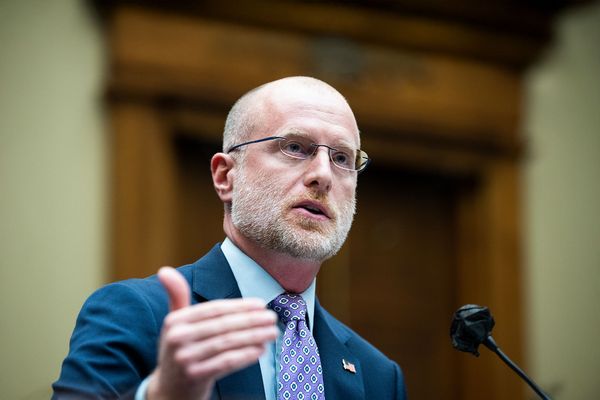
The EV fightback by Renault has begun in earnest, with the French powerhouse today committing to slashing battery costs by 60% and its EV motor costs by 30% over the next decade.
The world’s biggest EV maker just a decade ago, Renault has been surpassed by Tesla and Volkswagen in global EV sales, even when sales from its Japanese alliance partner Nissan are included.
After watching European arch-rival Volkswagen sweep past it with the ID.3 and ID.4, Renault today announced a strategy that depends as much on cutting the cost of EV puzzle pieces as it does on new products.

It plans to slash the costs of EV batteries to below US$80 per kiloWatt/hour by 2030 and to cut the costs of its e-motors while simultaneously shrinking their sizes and stretching the EV range of its cars as well.
"The Renault brand aims to have the greenest mix in the European market in 2025, with over 65% of electric and electrified vehicles in the sales mix and up to 90% battery electric vehicles mix in 2030," it said today.
Under still-fresh CEO Luca de Meo, Renault plans 10 new EVs in the next four years and has engineered two all-new EV platform architectures for them to sit on.

It will cover its size-strengths in Europe with the CMF A (A and B segments) and CMF B-EV (C and D segments) architectures to deliver a raft of new designs into Europe.
It has already previewed a modern EV interpretation of its 1980s Renault 5 hatchback, which drew critical acclaim as a concept and which, Renault claims, will cost 30% less than the current Renault Zoe EV.
It also previewed the 4Ever EV - also a revival of sorts for the Renault 4 - in a livestreamed event today.
An EV version of the Megane C-segment car, dubbed the MeganE will be available by the end of next year to lead the charge.
“Ten new electric models will be conceived and up to one million electric vehicles will be manufactured by 2030, from cost-efficient urban vehicles to higher-end sports cars,” Renault CEO Luca de Meo insisted.
“On top of efficiency, we are betting on iconic designs such as the beloved R5 to bring the Renault touch to electrification: making electric cars popular,” he said.
The CMF-EV cars in the C- and D-segments are planned to swallow 700,000 sales a year by 2025, with up to 580km of WLTP EV range. The MeganE will be the first car on the CMF-EV platform.

Renault claims the B-segment CMF-BEV platform will lower production costs by 33% over the Zoe, with 100kW of power and up to 400km of WLTP range, for up to three million cars a year.
Renault will also meld three French plants into a single entity dubbed Renault ElectriCity, with the potential 2025 volume of 400,000 EVs a year.
Renault has also teamed up with Envision AESC to build a battery plant in Douai, France, which should be in production by 2024. It is also working with French startup Verkor to develop a higher performance battery by 2022.
“Today is a historic acceleration of Renault Group’s EV strategy and for ‘made in Europe’,” de Meo said.
“By building Renault ElectriCity, our compact, efficient, high-tech electric ecosystem in Northern France, together with our e-powertrain MegaFactory in Normandy, we are creating the conditions of our competitiveness at home.
“We’ll train, invest, and partner with established & emerging best-in-class actors in their fields including: STMicroelectronics, Whylot, LG Chem, Envision AESC, and Verkor.”
The Renault-Nissan Alliance had previously relied on its plug-in hybrid (PHEV) strategy to help it keep CO2 emissions under control (Nissan took Mitsubishi under its control, largely for its leading PHEV models), but that plan has taken a back seat in the new strategy.

The Renault Zoe, once the biggest-selling EV in the world, has been overtaken in Europe by both Telsa’s Model 3 and Volkswagen’s ID.3 and ID.4, with Peugeot’s 208 knocking on the door as well.
Volkswagen’s share of the European EV market stands at 25%, while Renault’s position has decreased from 23% in 2019 to 19% last year.
It is also planning to drastically improve its powertrain capacity, and remains committed to avoiding rare-earth minerals and permanent magnets.
It has signed a partnership with French startup Whylot for its new axial flux e-motor, which will debut on hybrid platforms.







